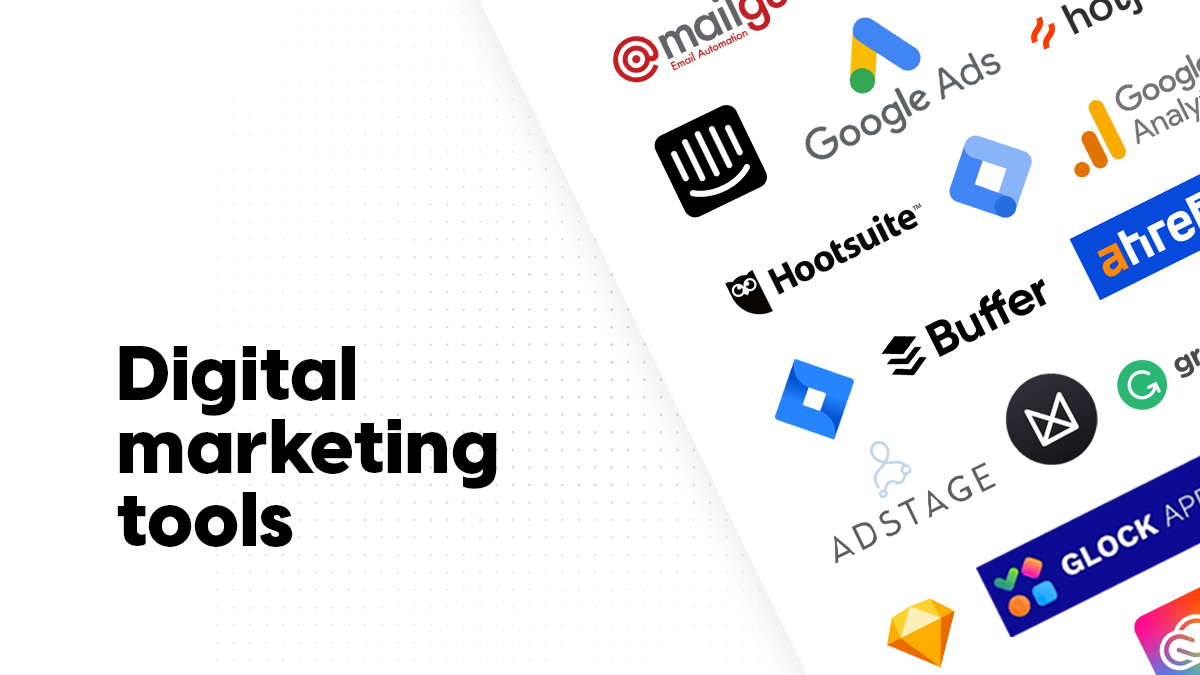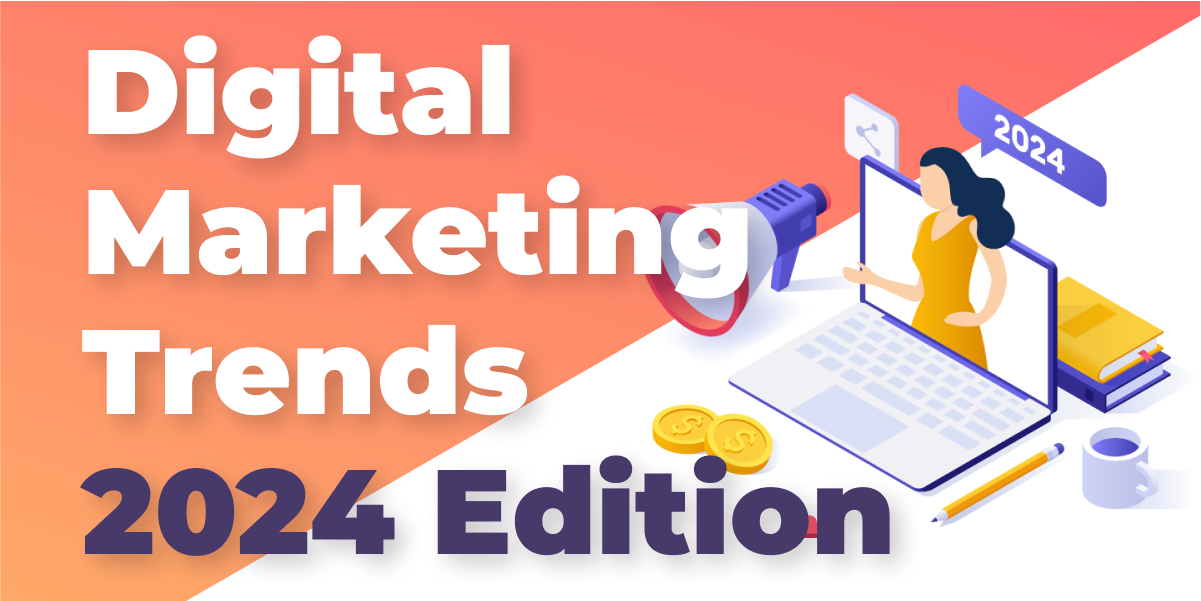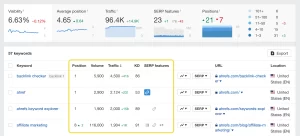
In a world where influencers and personal branding dominate the digital marketing sphere, Faceless Digital Marketing presents a refreshing alternative. Unlike traditional strategies that rely heavily on charismatic individuals or recognizable faces to drive engagement, this approach shifts the focus to the content itself, prioritizing substance over personality.
At its core, Faceless Digital Marketing aims to dissociate the promotional efforts from any specific individual, allowing brands to communicate their message without being tied to a single persona. This anonymity fosters a sense of universality, enabling businesses to reach broader audiences while maintaining a degree of privacy and flexibility.
But how does one implement such a strategy effectively? It begins with crafting compelling content that resonates with the target audience, transcending individual identities to deliver value and relevance. By focusing on the quality and relevance of the content rather than the personality behind it, businesses can establish a strong and lasting connection with their audience.
In this blog series, we’ll delve deeper into the principles of Faceless Digital Marketing and provide practical insights on how businesses can leverage this approach to enhance their online presence, drive engagement, and ultimately, achieve their marketing objectives in a rapidly evolving digital landscape.
What Is Faceless Digital Marketing?

Faceless Digital Marketing is a strategic approach to online promotion that prioritizes content over individual personalities or recognizable faces. In essence, it involves dissociating promotional efforts from specific individuals and instead focuses on delivering value and relevance through the content itself. This approach aims to broaden the appeal of marketing campaigns by making them more inclusive and universal, while also offering businesses a degree of anonymity and flexibility.
Faceless Digital Marketing revolves around creating compelling and engaging content that resonates with the target audience. Whether it’s blog posts, social media updates, videos, or other forms of digital content, the emphasis is on delivering meaningful information, entertainment, or utility without relying on the charisma or personal brand of a particular individual.
By adopting a faceless approach, businesses can appeal to a broader audience and establish a stronger connection based on the quality and relevance of the content rather than the personality behind it. This allows for greater flexibility in messaging and branding, as well as the opportunity to experiment with different styles and narratives.
Faceless Digital Marketing represents a shift away from traditional influencer-centric strategies towards a more content-driven approach that prioritizes substance over personality. By leveraging this approach effectively, businesses can enhance their online presence, drive engagement, and ultimately achieve their marketing goals in today’s digital landscape.
How To Start Faceless Digital Marketing
Starting with Faceless Digital Marketing involves a strategic approach aimed at crafting compelling content while dissociating promotional efforts from specific individuals. Here’s a step-by-step guide to get started:
Define Your Audience: Understand your target audience’s preferences, pain points, and interests. This knowledge will guide your content creation efforts and ensure relevance to your audience.
Identify Your Brand Voice and Values: Develop a clear brand voice and core values that will resonate with your audience. This will provide a framework for creating content that aligns with your brand identity.
Create High-Quality Content: Focus on producing high-quality content across various channels, including blog posts, social media updates, videos, podcasts, and more. Ensure that your content adds value, entertains, or educates your audience without relying on a specific individual’s personality.
Emphasize Storytelling and Value: Utilize storytelling techniques to convey your brand’s message and connect with your audience emotionally. Provide valuable information, insights, or entertainment that addresses your audience’s needs and interests.
Maintain Consistency: Consistency is key to building brand recognition and trust. Ensure that your content maintains a consistent tone, style, and messaging across all channels to reinforce your brand identity.
Engage with Your Audience: Foster engagement with your audience by encouraging comments, questions, and discussions around your content. Respond promptly and authentically to feedback and inquiries to cultivate a sense of community and connection.
Optimize for Search Engines and Social Media: Implement SEO best practices to ensure that your content is discoverable online. Additionally, optimize your content for social media platforms by using relevant hashtags, engaging visuals, and compelling captions to maximize reach and engagement.
Monitor and Analyze Performance: Regularly monitor the performance of your content using analytics tools. Pay attention to metrics such as website traffic, engagement rates, and conversions to evaluate the effectiveness of your Faceless Digital Marketing strategy and make data-driven adjustments as needed.
By following these steps and remaining committed to delivering valuable, relevant content, you can effectively leverage Faceless Digital Marketing to enhance your online presence, build brand awareness, and engage with your target audience in meaningful ways.
Which Businesses Benefit From Faceless Digital Marketing?

Faceless Digital Marketing is a versatile strategy that can be employed by a wide range of businesses across various industries. Here are some examples of businesses that can effectively use Faceless Digital Marketing:
E-commerce Brands
Online retailers can leverage Faceless Digital Marketing to showcase their products through engaging content such as product reviews, tutorials, and lifestyle imagery. By focusing on the benefits and features of their products rather than individual personalities, e-commerce brands can appeal to a broader audience and drive sales.
SaaS Companies
Software as a Service (SaaS) companies can use Faceless Digital Marketing to educate potential customers about the value and functionality of their software solutions. This can be achieved through informative blog posts, how-to videos, and case studies that highlight the benefits of their products without relying on personal branding.
Content Creators and Publishers
Individuals or businesses that create and distribute digital content, such as bloggers, podcasters, and online publishers, can benefit from Faceless Digital Marketing by focusing on the quality and relevance of their content. By providing valuable information, entertainment, or insights, content creators can attract and retain a loyal audience without necessarily being the face of their brand.
Consulting and Professional Services
Consulting firms, law firms, accounting firms, and other professional service providers can use Faceless Digital Marketing to showcase their expertise and attract clients. By sharing informative articles, whitepapers, and case studies, these businesses can position themselves as industry leaders without relying on individual personalities.
Brick-and-Mortar Businesses
Traditional brick-and-mortar businesses, such as retail stores, restaurants, and local service providers, can also benefit from Faceless Digital Marketing. By creating engaging content that highlights their products, services, and unique value proposition, these businesses can attract and retain customers both online and offline.
Startups and Small Businesses
Startups and small businesses with limited resources can use Faceless Digital Marketing as a cost-effective way to build brand awareness and attract customers. By focusing on creating valuable content that resonates with their target audience, startups and small businesses can compete with larger competitors and establish a strong online presence.
In summary, Faceless Digital Marketing can be employed by businesses of all sizes and industries to enhance their online presence, engage with their target audience, and achieve their marketing objectives without relying on individual personalities. By focusing on delivering value through content, businesses can build brand awareness, drive engagement, and ultimately, increase sales and revenue.
10 Faceless Digital Marketing Tools

Here are 10 tools that can help businesses implement Faceless Digital Marketing effectively:
Content Management Systems (CMS): Platforms like WordPress, Joomla, or Drupal enable businesses to create and manage high-quality content across their websites without relying on individual personalities.
Social Media Management Tools: Tools like Hootsuite, Buffer, or Sprout Social allow businesses to schedule and manage social media posts across multiple platforms, enabling them to maintain a consistent presence without the need for personal branding.
Email Marketing Platforms: Services such as Mailchimp, Constant Contact, or ConvertKit enable businesses to create and send email campaigns to their subscribers, delivering valuable content and promotions without relying on individual personalities.
Analytics Tools: Tools like Google Analytics, Adobe Analytics, or Hotjar provide businesses with valuable insights into the performance of their content and marketing campaigns, allowing them to make data-driven decisions without the need for personal branding.
SEO Tools: Platforms such as SEMrush, Moz, or Ahrefs help businesses optimize their content for search engines, improving their visibility and driving organic traffic without relying on individual personalities.
Content Creation Tools: Tools like Canva, Adobe Spark, or Piktochart enable businesses to create visually appealing graphics, infographics, and other multimedia content to engage their audience without relying on individual personalities.
Video Editing Software: Software such as Adobe Premiere Pro, Final Cut Pro, or Camtasia allows businesses to create professional-looking videos to share valuable information and insights without the need for personal branding.
Podcasting Tools: Platforms like Anchor, Buzzsprout, or Libsyn enable businesses to create and distribute podcasts to their audience, delivering valuable audio content without relying on individual personalities.
Webinar Platforms: Services such as Zoom, GoToWebinar, or WebinarNinja enable businesses to host webinars and online events to educate and engage their audience without the need for personal branding.
Customer Relationship Management (CRM) Systems: Platforms like Salesforce, HubSpot, or Zoho CRM help businesses manage their customer relationships and track interactions, allowing them to deliver personalized content and promotions without relying on individual personalities.
By leveraging these tools, businesses can implement Faceless Digital Marketing strategies effectively, delivering valuable content and engaging their audience without the need for personal branding.
Faceless Digital Marketing Trends In 2024

In 2024, Faceless Digital Marketing continues to evolve, driven by changing consumer preferences, technological advancements, and shifting market dynamics. Here are some trends shaping the landscape of Faceless Digital Marketing in 2024:
Content Diversity: Businesses are diversifying their content formats to engage audiences across different channels. From interactive quizzes and polls to immersive experiences like augmented reality (AR) and virtual reality (VR), the focus is on delivering dynamic and engaging content experiences without relying on individual personalities.
AI–Powered Personalization: Artificial intelligence (AI) is increasingly being used to personalize content and recommendations based on user behavior, preferences, and demographics. This enables businesses to deliver relevant content to their audience without the need for personal branding, enhancing engagement and driving conversions.
Voice Search Optimization: With the growing popularity of voice-activated devices and virtual assistants, businesses are optimizing their content for voice search. By focusing on conversational keywords and natural language queries, businesses can improve their visibility and reach in voice search results, reaching audiences without relying on individual personalities.
Data Privacy and Transparency: As consumer concerns around data privacy and transparency continue to grow, businesses are prioritizing ethical data practices and transparent communication. By being upfront about data collection and usage practices, businesses can build trust with their audience and deliver personalized experiences without compromising privacy or relying on individual personalities.
Community Building and User-Generated Content: Brands are focusing on building communities around their products and services, leveraging user-generated content and peer recommendations to drive engagement and advocacy. By empowering their audience to create and share content, businesses can foster a sense of belonging and loyalty without relying on individual personalities.
Micro-Influencers and Brand Advocates: While influencer marketing remains popular, businesses are increasingly turning to micro-influencers and brand advocates to amplify their message. By collaborating with individuals who have smaller but highly engaged audiences, businesses can reach niche markets and drive authentic engagement without relying on celebrity endorsements or individual personalities.
Emphasis on Value-Based Marketing: Consumers are increasingly drawn to brands that align with their values and beliefs. Businesses are leveraging value-based marketing to connect with their audience on a deeper level, focusing on shared values and causes rather than individual personalities.
Interactive Content Experiences: Interactive content formats such as quizzes, polls, and interactive videos are gaining traction as businesses seek to engage their audience in more immersive ways. By providing interactive experiences, businesses can capture attention and drive engagement without relying on individual personalities.
Overall, the trends in Faceless Digital Marketing in 2024 reflect a continued focus on delivering value, personalization, and engagement without relying on individual personalities. By embracing these trends, businesses can effectively navigate the evolving digital landscape and connect with their audience in meaningful ways.
Conclusion
In conclusion, Faceless Digital Marketing represents a dynamic and evolving approach to online promotion that prioritizes content over individual personalities. As we’ve explored, the landscape of Faceless Digital Marketing is shaped by trends such as content diversity, AI-powered personalization, voice search optimization, and community building.
In 2024 and beyond, businesses are embracing these trends to engage their audience, build trust, and drive conversions without relying on individual personalities. From leveraging data-driven personalization to fostering communities and embracing value-based marketing, businesses are finding innovative ways to connect with their audience in meaningful ways.
As the digital landscape continues to evolve, Faceless Digital Marketing offers businesses the opportunity to adapt and thrive in a rapidly changing environment. By embracing these trends and focusing on delivering value and relevance through content, businesses can build strong relationships with their audience, drive engagement, and achieve their marketing objectives in the years to come.




